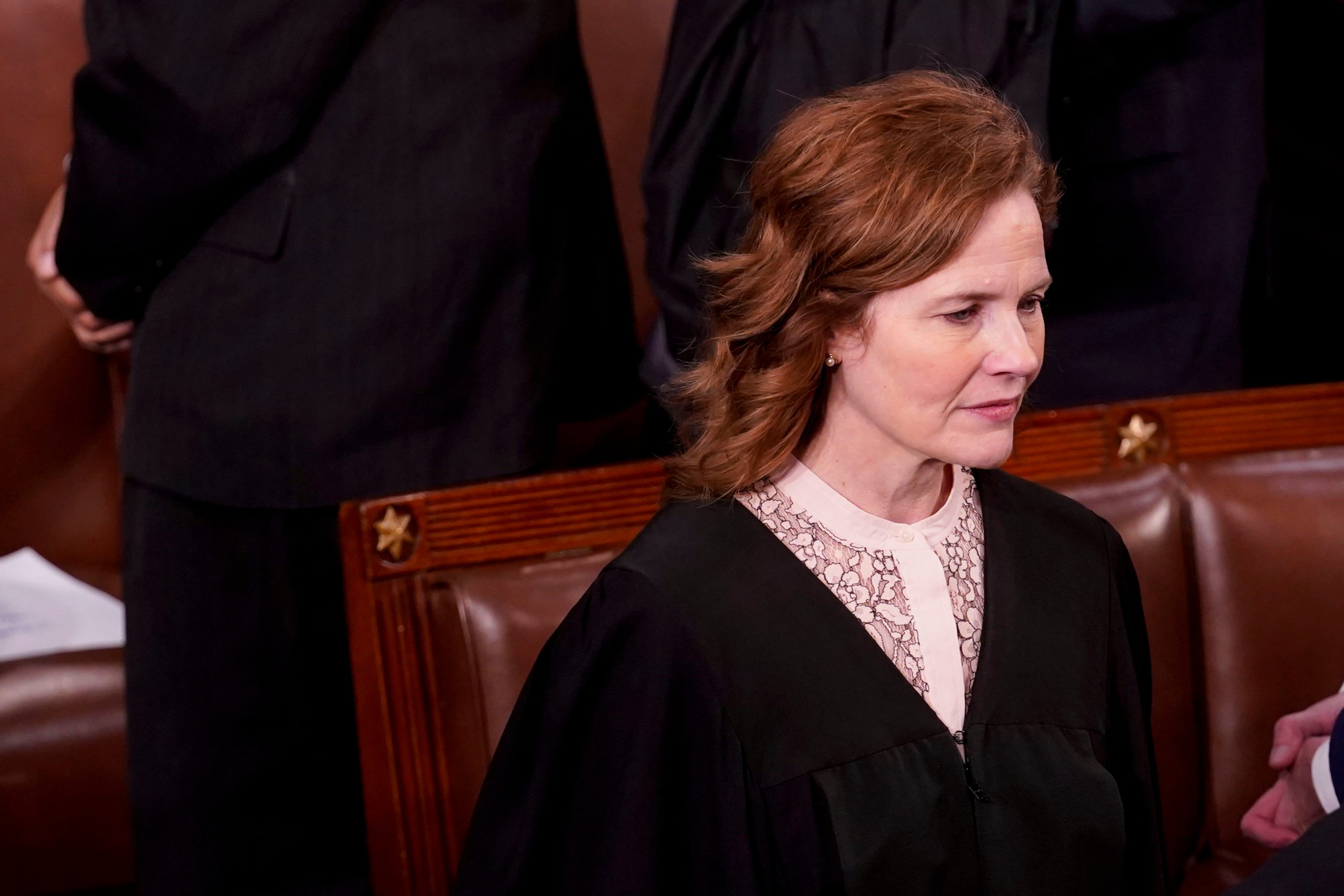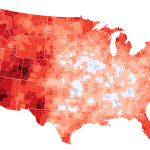**Supreme Court’s Murky Ruling on Public Health Grants Sparks Outrage**
The Supreme Court delivered a deeply confusing and controversial ruling late Thursday afternoon regarding the Trump administration’s cancellation of numerous public health grants. The decision in *National Institutes of Health v. American Public Health Association*, a complex case involving thousands of grants, has been widely criticized for its lack of clarity and perceived bias. The sheer volume of opinions—six in total—has created a legal labyrinth, leaving experts and the public struggling to understand its implications.
**A Labyrinthine Decision with Far-Reaching Consequences**
The core issue centers on the Trump administration’s abrupt cancellation of public health grants awarded by the National Institutes of Health (NIH). These grants, according to Justice Ketanji Brown Jackson’s partial dissent, funded critical research across various areas, including suicide prevention, HIV transmission, Alzheimer’s disease, and cardiovascular disease. The cancellations were triggered by executive orders issued during the Trump presidency. The Supreme Court’s ruling, however, fails to provide a clear and concise resolution to the dispute, leaving the future of these vital research projects hanging in the balance. Justice Jackson’s description of the decision as “Calvinball jurisprudence” – a reference to a game with ever-changing rules – highlights the widespread concern over the Court’s ambiguous approach.
**Legal Experts Decry the Lack of Transparency**
The opacity of the Supreme Court’s ruling has drawn sharp criticism from legal scholars and public health advocates. The multiple, often contradictory, opinions leave considerable room for interpretation, raising concerns about the predictability and consistency of future legal decisions. This ambiguity undermines the principle of judicial clarity, which is essential for ensuring accountability and transparency within the legal system. The ruling’s complexity also poses challenges for lower courts tasked with interpreting and applying the Supreme Court’s decision in similar cases. This lack of clarity could lead to inconsistent outcomes across the country, creating further uncertainty and hindering the progress of critical public health research.
**Implications for Public Health Funding and Research**
The Supreme Court’s decision has significant implications for future public health funding and research. The uncertainty surrounding the legality of grant cancellations could deter future funding applications, potentially jeopardizing essential research projects. Furthermore, the lack of clear guidelines may embolden future administrations to use executive orders to abruptly cancel research grants without sufficient justification or due process. This raises serious concerns about political interference in scientific research and the potential for partisan agendas to overshadow the pursuit of public health goals. The long-term effects of this ruling on public health initiatives are likely to be profound and potentially detrimental.
**Conclusion: A Call for Clarity and Accountability**
The Supreme Court’s ruling in *National Institutes of Health v. American Public Health Association* is a troubling example of how opaque and confusing judicial decisions can severely impact vital public services. The lack of clarity in this case raises serious concerns about the Court’s commitment to transparency and its potential impact on public health research. The ambiguity leaves the door open for future administrations to potentially disrupt critical research projects based on political motivations. Greater clarity and accountability are urgently needed to ensure the integrity of the judicial process and protect the interests of public health.
Based on materials: Vox





